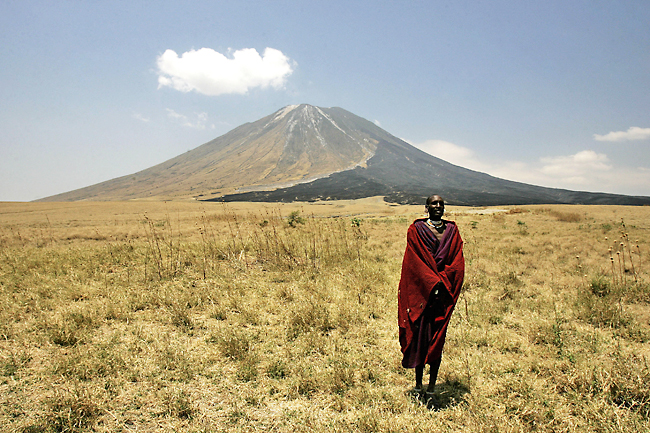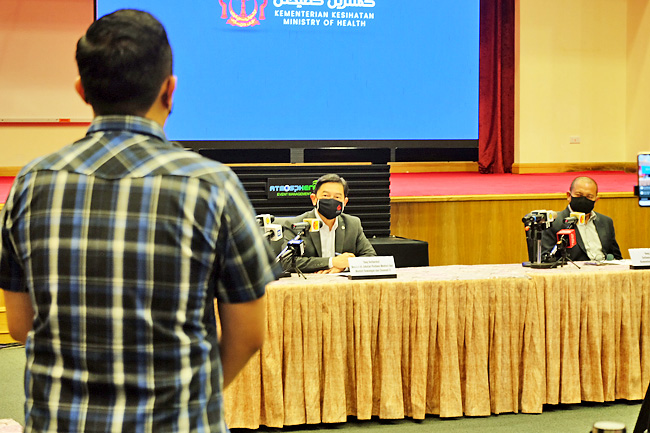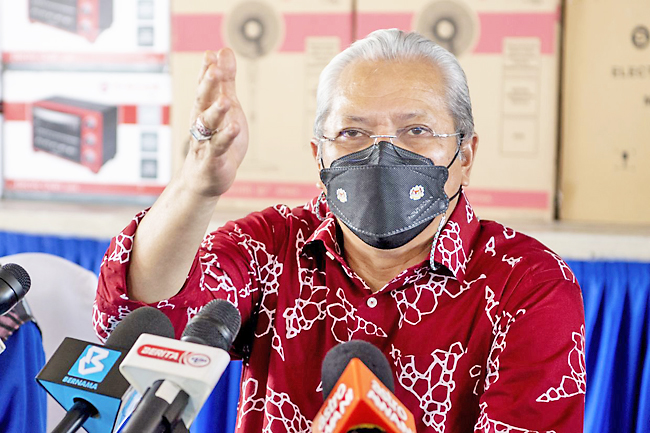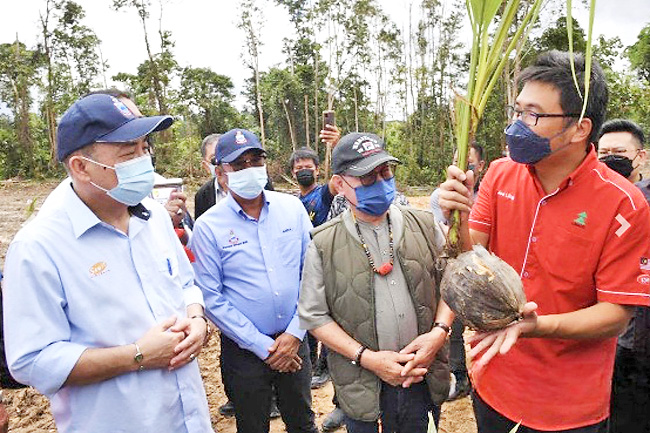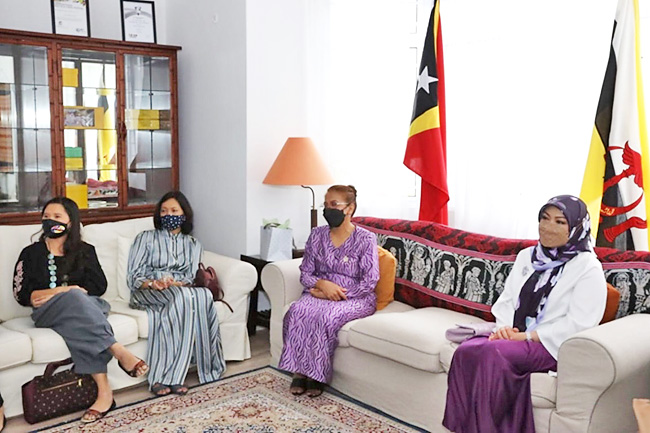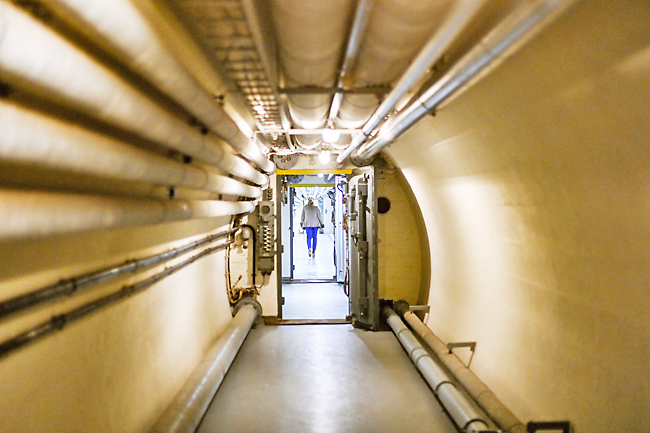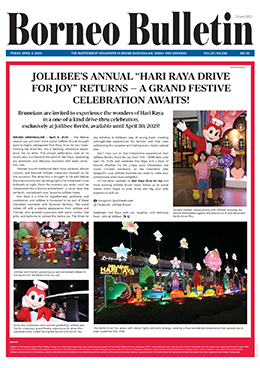Danial Norjidi
Fans of the magical universe from the Harry Potter series will soon be able to embark on their own journey in the wizarding world through Hogwarts Legacy, an upcoming video game from Avalanche Software, Portkey Games and Warner Bros.
An official gameplay reveal was shown on March 18 during a State of Play presentation by PlayStation, which provided a behind-the-scenes look at what the game entails.
Set for release in holiday 2022, Hogwarts Legacy sees the player assume the role of a new student at Hogwarts, the famed school of witchcraft and wizardry, with a unique ability to manipulate powerful ancient magic hidden in the wizarding world.
According to the presentation, “You’ll need to uncover what’s behind the return of this forgotten magic, and who is seeking to harness it to destroy wizard kind, as you may be the one that decides the fate of the entire wizarding world.”
Described as an open-world, single-player, action role-playing game, Hogwarts Legacy sees players create their very own witch or wizard. When they arrive at Hogwarts, the player will be sorted into one of the four Hogwarts houses – Gryffindor, Hufflepuff, Ravenclaw or Slytherin.
“After settling into your dormitory, you will meet up with your housemates in the common room. You will then need to attend classes, and you do have some catching up to do, as you are starting Hogwarts late as a fifth year.

“You’ll begin your studies attending charms, defence against the dark arts, herbology and potions classes, to name a few. You’ll meet your professors and learn to cast spells, grow magical plants, brew potions and more. In between classes, you’ll be able to explore the castle famous for its secrets, enchantments and mysteries. You’ll discover dungeons and secret passageways as well as challenging puzzles that will require magical skill and a clever mind to resolve. You even find yourself in iconic locations you’ve never been able to explore before.”
The game is set in the late 1800s, so while the common rooms and classes may be familiar to fans of the wizarding world, most of the professors will not be. “You’ll come to know this eclectic group of talented witches and wizards in class, and while completing side assignments that are part of a special curriculum – one designed to help you catch up with the other fifth-years at your own speed.”
The presentation also highlighted opportunities for adventure in the area surrounding Hogwarts. “The magical abilities you learn to master through your schoolwork will soon become tested, as you unravel a dangerous mystery by working alongside the accomplished and yet enigmatic Professor Fig to try and discover if the rumours of a mounting Goblin rebellion hold any weight – and if the safety of Hogwarts lies in the balance.
“The wizarding world of this era is fraught with dangers: creatures corrupted by a magical force, powerful goblins, and sinister witches and wizards, all willing to fight – even kill – to achieve their own goals. In fact, there’s an uneasy alliance between the goblins and dark wizards.”
Elaborating on the game’s combat system, the presentation shared that enemies possess unique defensive and offensive abilities, including blasting curses, stunning spells, enchanted weaponry, and more. While some may attack directly, others might enchant and incapacitate the player.
Mastery of a shield charm allows the player to deflect ranged spells and direct weapon strikes. By counter-attacking with powerful stunning charms, players can follow up with extended spell combinations.
“Students who become particularly adept at spell-casting will find many ways to exploit their enemies’ weakness. Slam with Descendo, roast with Incendio – devastate your enemies using various finishers. You can even use the mysterious powerful magic your professors do not understand to obliterate your strongest foes. Mixing and matching dozens of spells will let you define your combat style on your path to become the ultimate duellist.”
In addition to classes and spells, the player will have access to a deep set of upgrades, talents and skills to aid their progression as a witch or wizard. The player can complete challenges throughout the world to earn experience and level up their abilities by choosing talents to upgrade their spells, plants and potions to increase their powers.
“Decide which talents best fit your play style to allow you to focus on your favourite types of magic,” the presentation shared. “You can also loot, buy or craft your own magical gear that will increase your offensive and defensive capabilities in combat. Gear can be upgraded and specialised to allow for greater abilities for your chosen playstyle.
“There are dangers beyond your understanding in the world as well. Dungeons and vaults hold perilous threats and also untold rewards. Be careful where you choose to explore, as it may lead you down a darker path,” the presentation added.
“Master spells, befriend new allies, journey across a landscape never seen before, uncover ancient secrets, combat mystical threats, learn long forgotten mysteries, become the witch or wizard you want to be as you leave your unique mark on the wizarding world in Hogwarts Legacy.”


